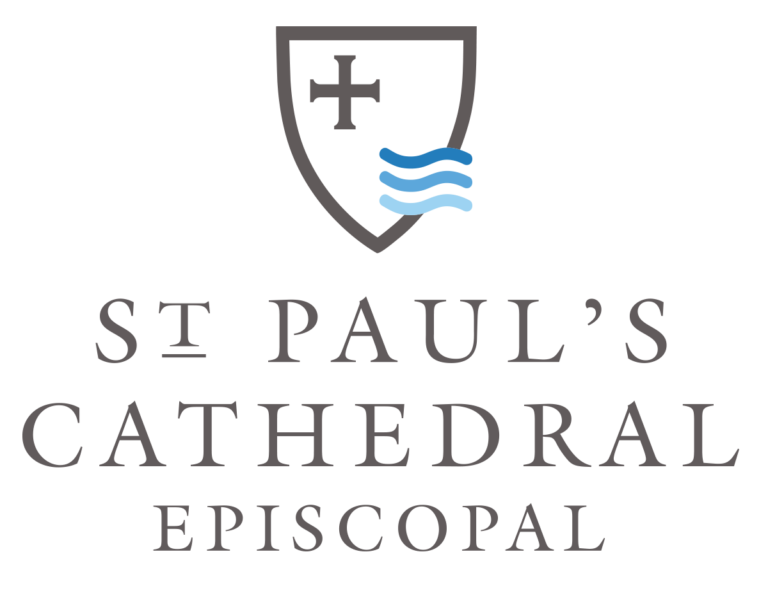The Growing Justice and Faith book group continues to meet on Tuesdays (7pm, Fireside Room, July 6 and 13). There is a conversation afoot on the blog here–so please join in. To keep all the information and conversation in one place, we are updating the previous post, rather than posting a new entry. You can reach that post with this link (the sidebar also has this link, as well as information about how to comment ).
Please drop in to catch up and join the discussion. You don’t have to be attending the meetings to post comments, and you are welcome to come any time!


The issues of geography, history, and socio-economic impact on children are dealt with by Garbarino in "Raising Children in a Toxic Environment" by looking at the traumas suffered by children based solely on where they are raised.
He begins with the sobering statistic that a child in Northern Ireland during its "troubles" was safer than the average child in our inner cities. Many of these children suffer from Post Traumatic Stress Disorder (PTSD), making it impossible for them to feel any sense of security, an essential component in the development of a child.
When a child experiences violence against another, they understand how vulnerable the human being is and that experience is "traumatic in in the sense of being an experience that changes you forever."
Children raised in a violent environment realize that "adults can't protect you; you are on your own." This realization amounts to a complete unraveling of our social fabric and the child's understanding of adult authority.
It makes nonsense of the social contract that should make children secure: They "obey and trust' and adults "protect and care."
The most shocking realization for a child is the reality that "anything is possible," not in the sense of wonder and awe that should govern a child's life but rather the horrific understanding that there are no boundaries to the horrors and degradation to which they might be subjected.
(Garbarion, Chapter 4:Security, pp.63-88.)
James Garbarino argues that values make up the fabric of our interconnectedness. Just as the child can not be separated from the family, likewise the family can not be separated from the community and the community must understand its responsibility toward all children.
Connectedness "is a deep spiritual need and meeting it strengthens the fabric of the family," and by extension the fabric of the community. (p.123) Garbarino makes a distinction between positive connectedness and negative "externalization," where the responsibilities of the family are merely passed on to the community. (pp. 107-108)
Richard Louv in "Last Child in the Woods" talks about the relationship between the individual and nature and cautions that the community, well-meaning but misdirected, can place so many restrictions on the use of parks and wilderness areas that children see spending time in them as just one more supervised or organized activity. This leading to a lack of interest in exploring and enjoying nature. (Louv pp.28-42)
In addition to overregulation, barriers to a child's realization of the sacred interrelatedness of all creation and the related sense of community can be found in the isolating effect of long hours in front of the television and attending large schools where there is no sense of community nor any obligation or encouragement to participate in extracurricular activities. (Garbarino, pp.92-100)
If the role of community is not fostered during adolescence, it is unlikely that it will be present in the mature adult.
Hello Richard,
Thank you for sharing James Garbarino’s sobering exploration of realities that too many children exist in. When you express, “The family can not be separated from the community and the community must understand its responsibility toward all children”, I believe we see rays of hope in the outreach and breadth of activities and programs for families and the community that St. Paul’s is engaged in, and that each newsletter invites us to participate in. This relationship building across the city helps to grow God’s kin-dom for all our children.